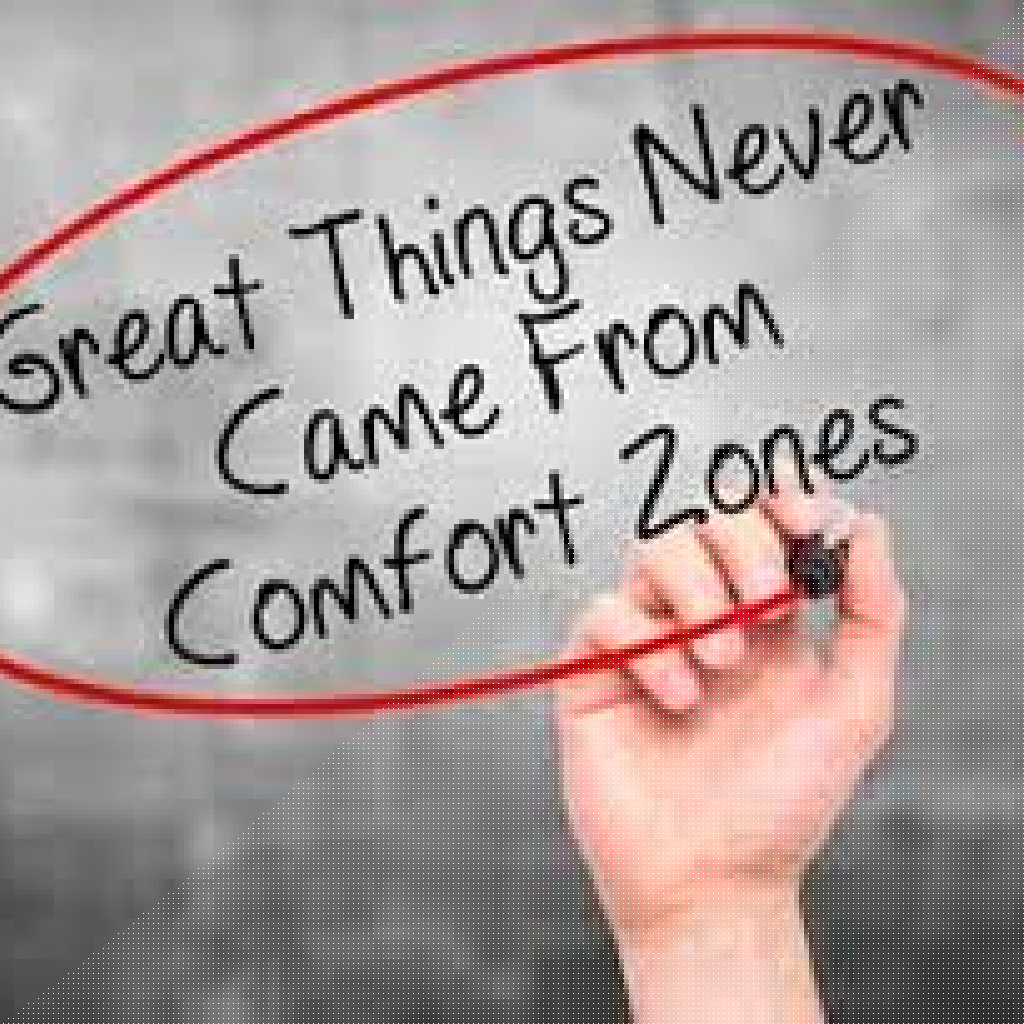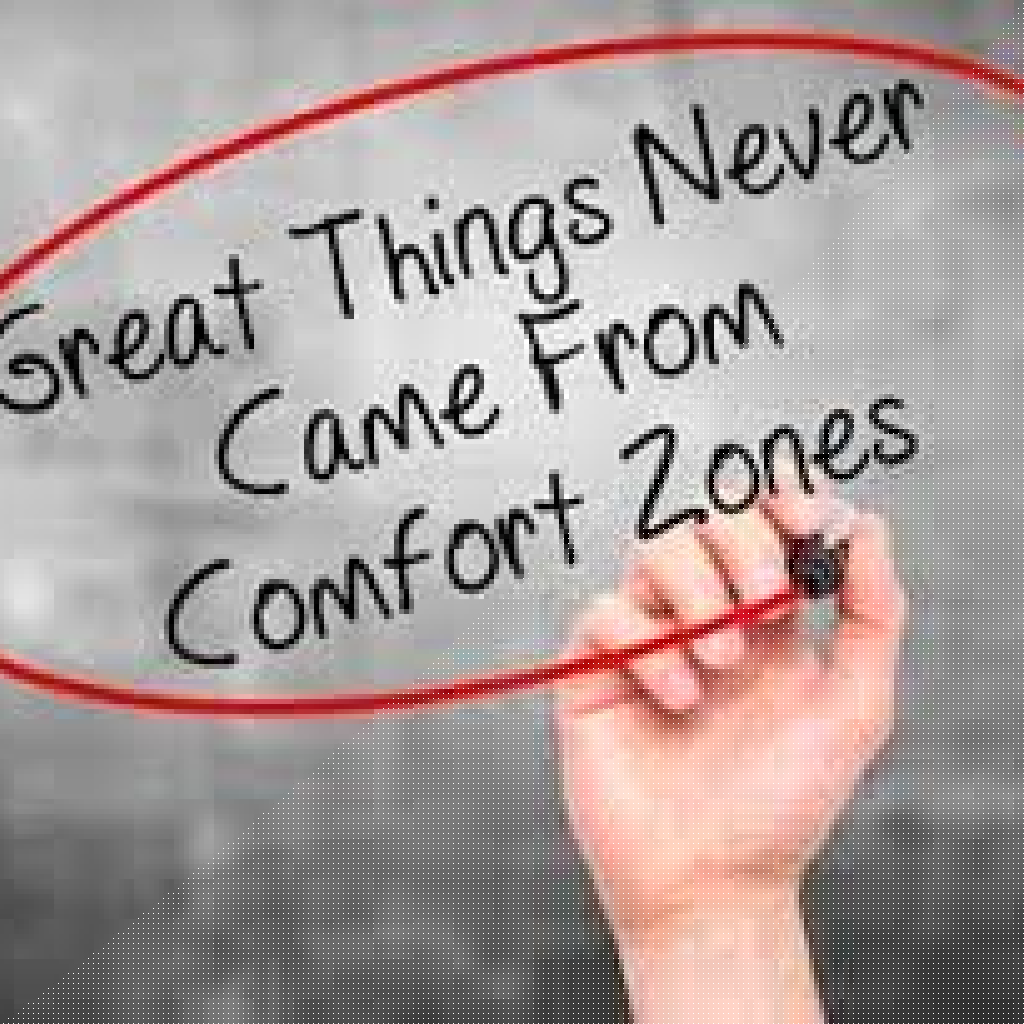Key Takeaways:
- Employing effective management styles can significantly enhance employee performance and engagement.
- Incorporating diversity training and relationship building can create a more inclusive and productive workplace.
In today’s fast-paced business environment, effective management strategies are crucial for the success of any organization. This article dives into the best practices for hiring and training new employees, focusing on how these processes impact not only performance but also employee engagement and retention. In this competitive job market, it’s essential for managers to understand the nuances of recruitment, onboarding, and continuous development to inspire a productive workforce.
How Does Effective Hiring Impact Employee Performance?
Effective hiring can set the stage for success in any organization. The recruitment process should go beyond simply filling open positions; it should be about selecting individuals who align with the company’s values and culture. By defining clear job descriptions and identifying the essential skills needed for success in a role, such as behavioral traits alongside technical capabilities, managers can make informed hiring decisions.
Research has shown that employees who resonate with their company’s mission tend to perform better. They are more likely to take initiative, show loyalty, and contribute positively to the workplace environment. Therefore, incorporating values-based interviewing techniques can significantly enhance the hiring process. Ask candidates about their previous experiences with teamwork, challenges, and how they align with the organization’s goals. This approach will yield insights into their potential fit within the company.
What are Effective Onboarding Practices?
Once the right candidates are selected, the next step is onboarding. Effective onboarding programs are essential for welcoming new employees and integrating them into the company’s culture. A structured onboarding process helps to reduce anxiety and provides clarity regarding job expectations and organizational structure.
One best practice is to create a comprehensive onboarding plan that spans several weeks, involving both formal training and informal social interactions. This plan can include:
- Company Introductions: Setting up meetings with key team members to help newcomers build relationships early can foster a sense of belonging.
- Mentorship Programs: Pairing new hires with experienced employees can provide guidance and support as they navigate their new roles.
- Feedback Mechanisms: Establishing regular check-ins to provide constructive feedback and receive input from new hires about their onboarding experience can enhance the process. This loop of communication not only aids in retention but encourages a culture of openness and continuous improvement.
How Important is Continuous Learning and Development?
Continuous learning and development play a vital role in enhancing employee satisfaction and performance over time. Modern managers understand that training shouldn’t be a one-off event; ongoing development opportunities are essential for fostering a culture of growth.
Implementing training sessions that address both hard skills—such as software training—and soft skills—like communication and teamwork—can help employees feel supported and valued. Offering access to online learning platforms, workshops, and industry conferences keeps the workforce informed and adaptable to new trends.
Moreover, encouraging employees to take ownership of their professional development can lead to increased engagement. This can be facilitated through individual development plans (IDPs), where employees set career goals and work with their managers to create an actionable roadmap to achieve those objectives.
Why is Business Communication Key?
Effective business communication is fundamental in every phase of the employee lifecycle. It not only supports the hiring and training processes but also enhances workplace relationships. Managers should prioritize clear, consistent communication to ensure that expectations are understood and that employees feel empowered to share their ideas and concerns.
Regular team meetings, feedback sessions, and open-door policies can create an environment where employees feel encouraged to voice their thoughts. Additionally, utilizing digital tools—like internal newsletters or collaborative platforms—helps keep everyone informed and engaged, fostering a culture of transparency and collaboration.
Conclusion
In a constantly evolving work environment, the responsibility of managers shifts towards integrating best practices that not only address immediate needs but also build a sustainable workforce. By focusing on effective hiring, structured onboarding, continuous learning, and strong business communication, managers can significantly impact overall employee performance and satisfaction. To remain competitive, organizations must invest in their most valuable asset—their people. As today’s workforce continues to evolve, adaptability and forward-thinking are essential for success.
Employing effective management styles can significantly enhance employee performance and engagement. By fostering relationships, integrating diversity training, and focusing on continuous development, managers can create an inclusive and productive workplace.













